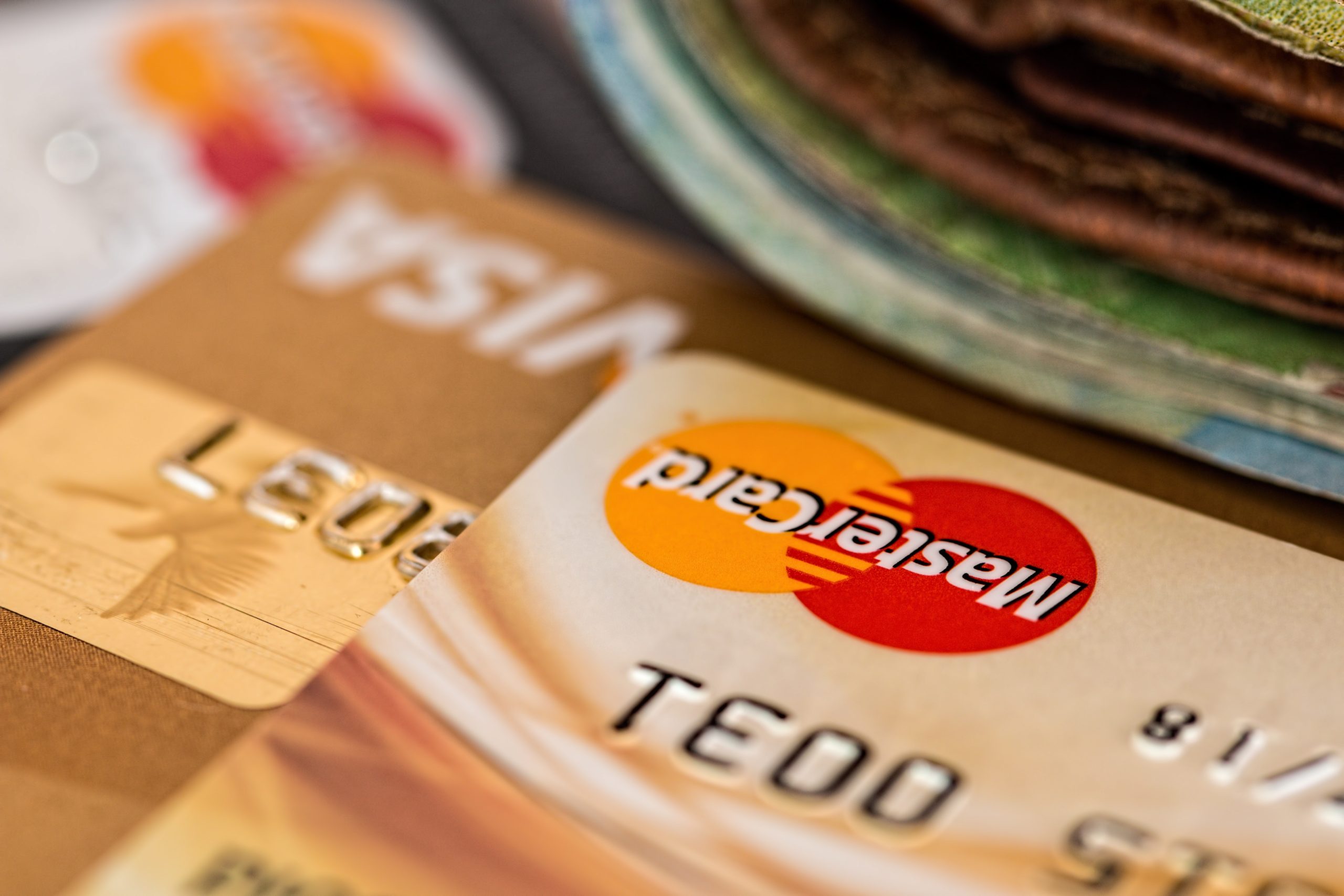How to Maximize the ROI of Your MDF Investments with These Best Practices for Fund Allocation and Management
In the competitive world of business, market development funds (MDF) play a crucial role in driving growth and expansion. MDFs are financial resources provided by manufacturers and suppliers to help their partners promote and sell their products or services. To ensure the best return on investment (ROI) and maximize the effectiveness of these funds, it is important to adopt the right strategies for allocation and management. In this article, we will discuss seven tips to help you manage your MDFs effectively.
1. Set Clear Objectives and Performance Metrics
Before allocating your MDFs, it’s essential to define the goals and objectives you want to achieve. Be specific about the outcomes you expect, such as increased sales, market share, or brand awareness. Once you have clear objectives, establish key performance indicators (KPIs) to measure the success of your initiatives. These metrics will help you track progress and make data-driven decisions.
A. Align MDF Objectives with Your Business Strategy
Ensure that your MDF objectives are aligned with your overall business strategy. This will help create synergy between your various marketing initiatives and make it easier to measure the impact of your MDF investments.
B. Monitor and Adjust KPIs Regularly
Regularly review your KPIs and make adjustments as needed. This will help you stay on track to achieve your goals and enable you to make timely adjustments to your strategies.
2. Develop a Comprehensive MDF Plan
A well-thought-out MDF plan can greatly enhance the effectiveness of your funds. Your plan should include:
A. Budget Allocation
Determine how much you will allocate to each marketing activity, such as events, advertising, and sales promotions. Be realistic about your budget and prioritize activities that align with your objectives.
B. Partner Selection and Support
Identify the right partners to work with and provide them with the necessary support, training, and resources to ensure they can effectively execute your MDF initiatives.
C. Execution Timeline
Establish a clear timeline for each activity and set deadlines for partners to submit their claims for reimbursement.
3. Communicate Effectively with Your Partners
Open and transparent communication with your partners is key to the successful execution of your MDF initiatives. Ensure that your partners understand the objectives, guidelines, and requirements of the program. Regularly check in with them to discuss progress and address any concerns they may have.
4. Evaluate and Approve MDF Claims Promptly
To maintain trust and encourage partners to continue participating in your MDF program, make sure to review and approve their claims in a timely manner. Set clear guidelines for claim submission and approval, and communicate these guidelines to your partners.
5. Track MDF Utilization and ROI
Monitoring the utilization of your MDFs and the ROI they generate is crucial for making informed decisions about future fund allocations. Use analytics tools to track performance and gather insights to help you optimize your MDF strategies.
6. Continuously Optimize Your MDF Program
Regularly assess the effectiveness of your MDF program and make improvements as needed. Identify areas of success and replicate these strategies, while also addressing any areas that may require adjustments.
7. Encourage Partners to Share Best Practices
Foster a collaborative environment by encouraging your partners to share their experiences and best practices. This will help everyone involved in the MDF program learn from each other and drive better results.
FAQ’s
Q1: What are market development funds (MDFs)?
A1: Market development funds are financial resources provided by manufacturers and suppliers to their partners, such as resellers, distributors, or retailers, to help promote and sell their products or services.
Q2: Why is it important to manage MDFs effectively?
A2: Effective MDF management ensures that you make the most of your investments, driving growth, increasing sales, and achieving better ROI.
Q3: How can I ensure my MDF objectives are aligned with my business strategy?
A3: Begin by defining clear goals and objectives for your MDF program. Then, ensure that these objectives support your overall business strategy by addressing key priorities, such as increasing market share, brand awareness, or customer retention.
Q4: What should be included in a comprehensive MDF plan?
A4: An MDF plan should include budget allocation, partner selection and support, and an execution timeline. These elements will help ensure a well-coordinated approach to achieving your MDF objectives.
Q5: How can I track MDF utilization and ROI?
A5: Use analytics tools to monitor the performance of your MDF initiatives. This will provide insights into fund utilization, ROI, and areas that may require optimization.
Conclusion
Effectively managing your market development funds is crucial for maximizing your ROI and driving growth. By implementing the seven tips outlined in this article, you can ensure that your MDF investments are allocated and managed efficiently. Remember to set clear objectives, develop a comprehensive MDF plan, communicate effectively with partners, evaluate claims promptly, track utilization and ROI, optimize your program continuously, and encourage partners to share best practices. Start implementing these strategies today to take your MDF management to the next level.
Don’t wait any longer to make the most of your market development funds. Apply these best practices now and witness the growth of your business!

